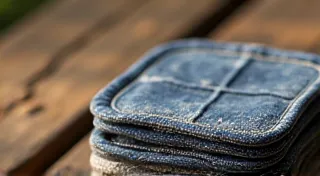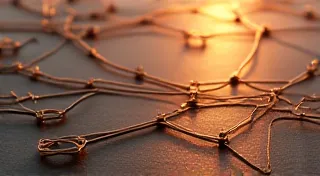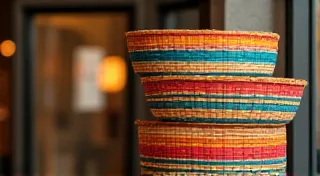The Architecture of Absence: Crafting Meaning from Salvaged Relics
There's a particular ache that settles in when you hold something old. Not just old, but *discarded*. A chipped teacup, a weathered plank of wood, a silent, forgotten accordion. They carry within them echoes of lives lived, stories whispered, and moments lost. We often talk about upcycling, about breathing new life into old things, but I believe it goes deeper than that. It's about acknowledging the "architecture of absence" – the history embedded within these objects, the narratives they carry, and consciously weaving those narratives into our own creative expressions.
It began for me with an accordion. Not a pristine, showroom-ready model, but a battered, dust-covered beauty I found at an estate sale. It was missing keys, the bellows were cracked, and it looked as though it hadn't sung in decades. Something about its quiet stillness, its palpable sense of loss, resonated deeply within me. I wasn’t interested in restoring it to its former glory; I wanted to understand its story, to honor its history, and to incorporate its essence into something new.
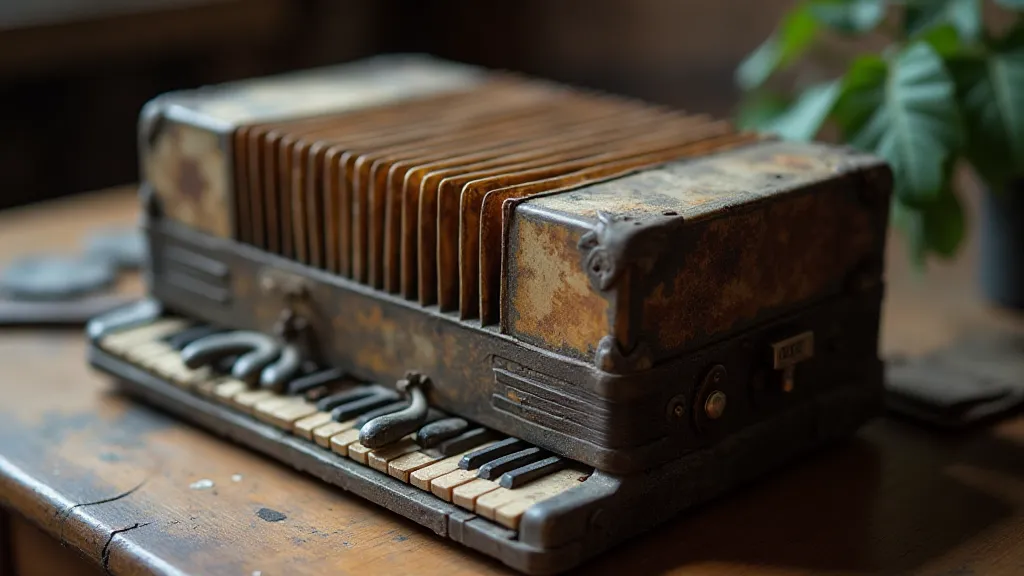
The Story of Absence: More Than Just Materials
Every discarded object carries a story. A broken chair might have witnessed countless family dinners, a faded photograph might capture a fleeting moment of joy, and a pile of reclaimed bricks could be remnants of a demolished schoolhouse. It’s tempting to see these items merely as raw materials, potential for a new project. But when we approach them with that mindset, we risk erasing the very essence that makes them so compelling. We need to pause, to consider, to imagine. What hands crafted this? What purpose did it serve? Who loved it? Who mourned its loss?
Take, for instance, the practice of antique restoration. While admirable in its preservation of heritage, sometimes it’ll sanitize history and rob a piece of its lived experiences. A perfectly restored, gleaming antique chair might be beautiful, but it loses a certain grit, a testament to resilience and character. Similarly, when sourcing materials for craft projects, consider the origin. A length of reclaimed wood with nail holes and knots tells a story of strength and adaptation far more richly than a perfectly sanded, uniform piece from a lumber yard.
Sourcing and Cleaning: Respecting the Past
Finding these treasures can be an adventure in itself. Estate sales, flea markets, antique shops, and even construction sites (always with permission, of course!) are fertile ground for discovery. Don’t be afraid to look beyond the obvious. Sometimes, the most beautiful finds are hidden beneath layers of dust and neglect.
Cleaning these salvaged relics is a delicate process. Harsh chemicals can strip away history and damage fragile surfaces. Gentle soap, warm water, and a soft brush are often the best approach. Allow the objects to air dry, and resist the urge to "perfect" them. A little grime and wear are part of their charm. In fact, some imperfections can even hint at their past. A faint stain might be the mark of a spilled cup of tea, a small chip might be the result of a child’s playful mishap.
Repurposing and Designing: Embracing Imperfection
Once you’ve cleaned and assessed your salvaged treasures, the real creativity begins. Don't feel bound by their original function. A weathered door can become a stunning headboard, a pile of old buttons can become a mosaic, and that broken accordion, well... that became a unique wall sculpture.

The key to successful repurposing is to embrace imperfection. Don't try to hide the scars of the past. Instead, incorporate them into the design. A nail hole in a piece of wood can become a focal point, a chipped edge can be a deliberate design element, and the faded paint on a salvaged door can add character and charm.
When designing with salvaged materials, consider the story you want to tell. Think about the history of the objects and how you can weave that narrative into your creation. A table made from reclaimed barn wood might evoke a sense of rustic warmth, a mosaic made from broken china might tell a story of resilience and rebirth, and a sculpture made from an old accordion might celebrate the joy of music and the passage of time.
The Accordion’s Song: A Lesson in Letting Go
My accordion sculpture isn't perfect. The bellows are patched, some of the keys are missing, and the overall design is a bit quirky. But it’s beautiful, in its own way. It's a tangible reminder of the beauty of imperfection, the power of storytelling, and the importance of honoring the past. It’s a physical manifestation of the “architecture of absence,” a testament to lives lived and stories whispered.
More importantly, working with salvaged materials has taught me a profound lesson about letting go. It’s about accepting that some things are broken, that some things are lost, and that sometimes, the most beautiful creations are born from the ashes of what once was. It's a quiet invitation to appreciate the ephemeral nature of existence and to find beauty in the unexpected. It reminds us that even in absence, there is a song to be heard, a story to be told.
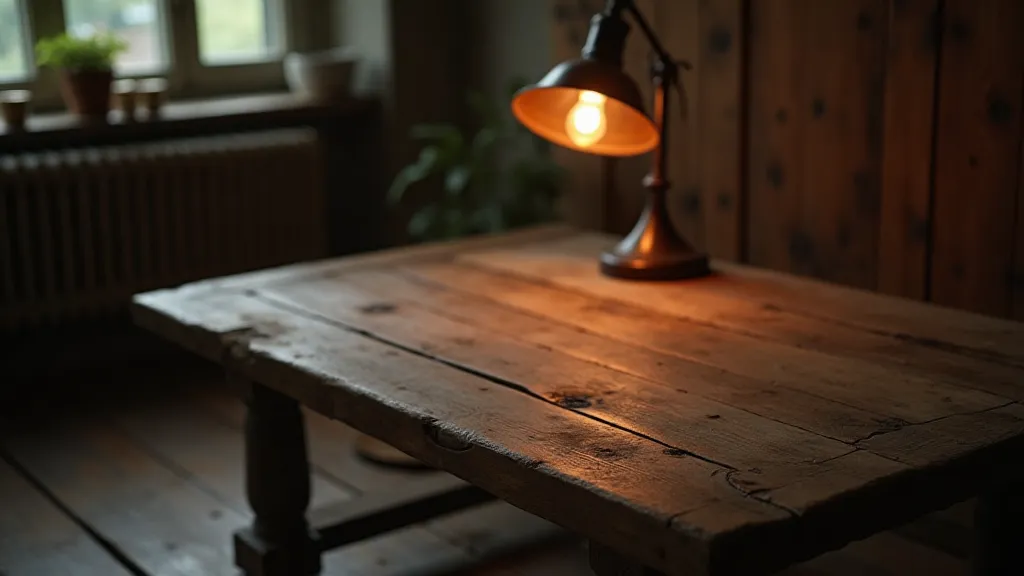
So, the next time you find yourself drawn to a discarded object, resist the urge to dismiss it as mere junk. Take a moment to listen. What story does it have to tell? What song does it have to sing? You might be surprised by what you discover. You might even find yourself crafting something truly extraordinary.

